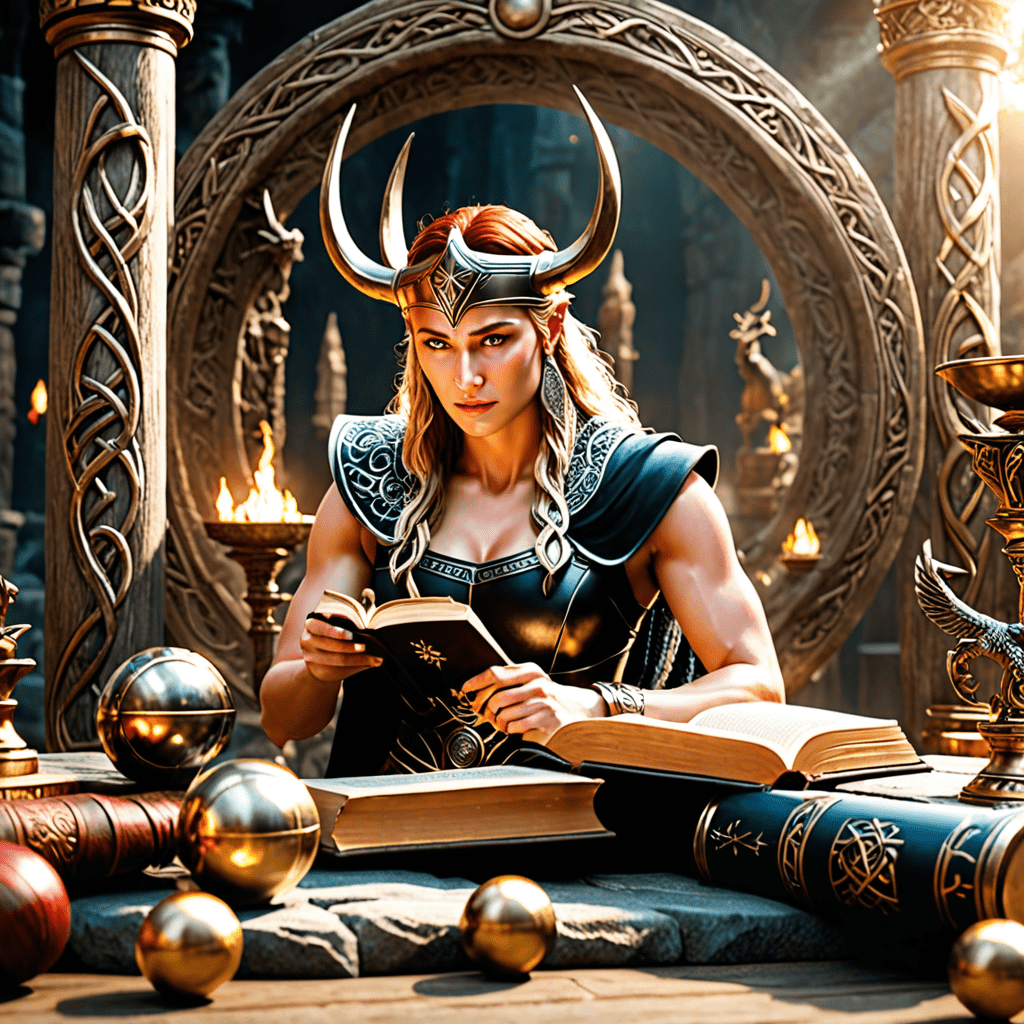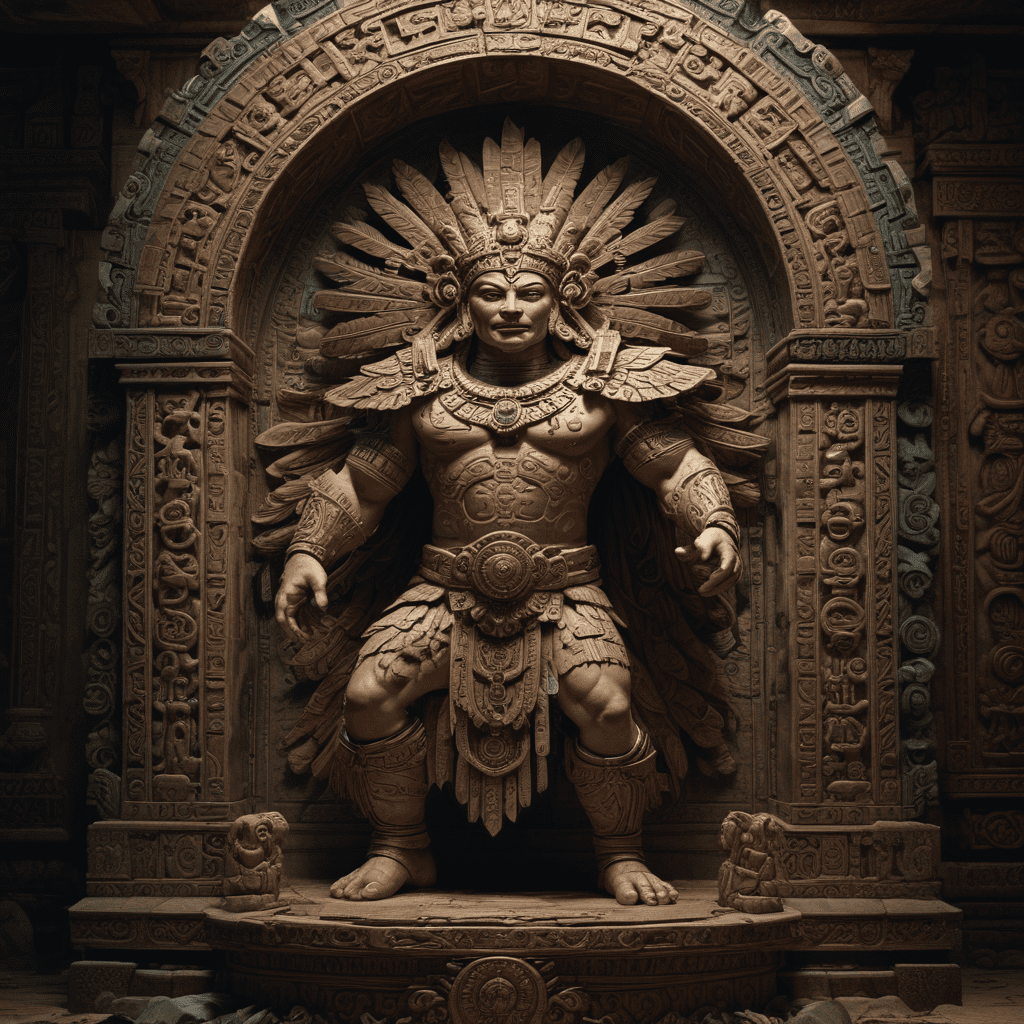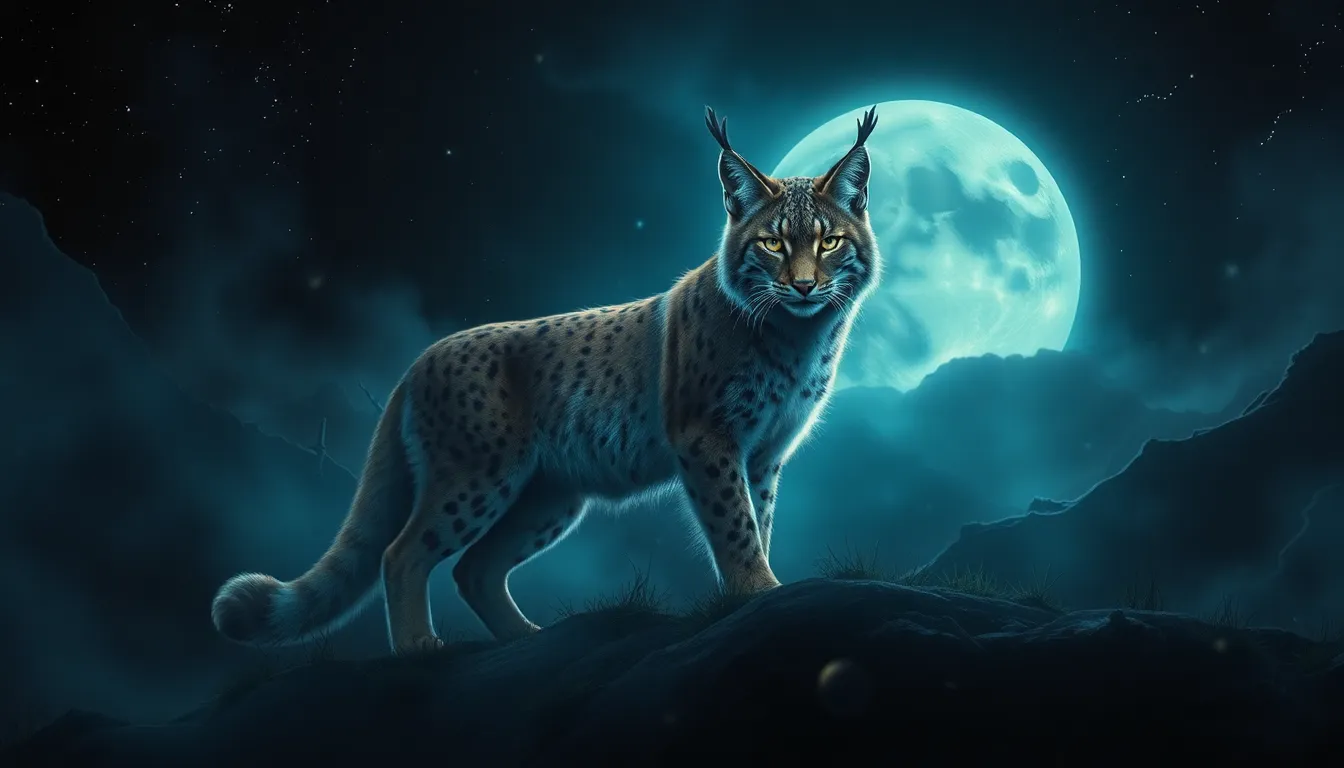Introduction to Hawaiian Mythology
Hawaiian mythology is a rich and complex tapestry woven from stories, legends, and beliefs that have been passed down through generations. These stories, often told through song, dance, and chants, offer profound insights into the Hawaiian worldview, their understanding of the natural world, and their relationship with the divine. Hawaiian mythology is filled with powerful gods and goddesses, mythical creatures, and heroic figures who embody the values and aspirations of the Hawaiian people. These stories are not just about entertainment; they serve as a moral compass, guiding Hawaiian people towards a life of balance, respect, and harmony with nature and with each other.
The Importance of Battles in Hawaiian Mythology
Battles play a central role in Hawaiian mythology, reflecting the importance of conflict and struggle in shaping the Hawaiian worldview. These battles are not just physical confrontations but often represent much deeper conflicts – struggles between opposing forces of nature, challenges against adversity, and the quest for balance and order in the world. Battles are often seen as a test of strength, courage, and wisdom, with the outcome shaping the destiny of gods, heroes, and even the Hawaiian islands themselves.
The Creation Myth: The Birth of the Islands and the First Battles
The Hawaiian creation myth tells the story of how the islands were formed. According to this legend, the islands were created by the gods, specifically the demigod, Kāne. Kāne, along with his brothers, Ku and Lono, emerged from the darkness and brought light and life to the world. Kāne then used his divine power to pull the islands up from the ocean floor, giving birth to the lush and fertile Hawaiian archipelago. The creation myth also tells of the first battles that occurred, as the gods fought against chaos and darkness to establish order and harmony in the world. These battles represent the struggle between creation and destruction, light and darkness, and the continued quest for balance in the universe.
The Battle of the Gods: Ku and Lono
One of the most important battles in Hawaiian mythology is the battle between Ku and Lono, two of the most powerful gods in the Hawaiian pantheon. Ku, the god of war and strength, represented the active, assertive forces of nature. Lono, the god of agriculture and peace, embodied the gentler, nurturing aspects of the natural world. According to legend, Ku and Lono fought a fierce battle over the control of the land and the people. The battle reflected the primal forces that shape the world, the struggle between chaos and order, and the ongoing tension between the forces of nature. The outcome of this battle, ultimately, led to a balance between the two forces, with both Ku and Lono playing essential roles in maintaining harmony in the natural world.
The Battle of the Gods: Kanaloa and the Other Gods
Another important battle in Hawaiian mythology involves Kanaloa, the god of the ocean and darkness, who is often seen as the antagonist in many stories. Kanaloa represents the destructive forces of the natural world and the challenges that humans face in their quest to live in harmony with nature. In one story, Kanaloa challenges the other gods for control of the world. This battle represents the constant struggle between good and evil and the importance of choosing the right path. The other gods, led by Kāne, ultimately defeat Kanaloa, restoring balance and order to the world.
The Battle of the Gods: Pele and Hiʻiaka
The story of Pele and Hiʻiaka is a powerful example of how battles in Hawaiian mythology can represent personal struggles and conflicts. Pele, the goddess of fire and volcanoes, is a fierce and independent spirit, while Hiʻiaka, her younger sister, is known for her love and devotion. Their conflict arises when Hiʻiaka embarks on a journey to retrieve a man named Lohiau for Pele, who has fallen in love with him. However, Pele, fearing Hiʻiaka's love for Lohiau, sends fire to stop her. Hiʻiaka bravely walks through the fire, determined to complete her mission and protect her sister. The battle between Pele and Hiʻiaka reflects the conflicting emotions of love and jealousy, strength and vulnerability, and represents the power of family loyalty even in the face of adversity.
The Battle of the Heroes: Maui and the Gods
Maui, a demigod known for his cunning and bravery, is a central figure in many Hawaiian myths. He is often portrayed as a trickster figure who uses his wit and strength to overcome challenges and bring benefits to humanity. One of his most famous exploits is his battle with the gods, including the god of the sun, Kāne. Maui tricked Kāne into slowing down the sun's journey across the sky, thus giving humans more daylight hours. This battle, though not a physical one, represents the struggle between humans and their divine powers, and the quest for control over the forces of nature. Maui's victory symbolizes the potential for humans to achieve great things through their own ingenuity and courage.
The Battle of the Heroes: Kaʻiulani and the Giant
The story of Kaʻiulani, a brave warrior princess, tells the tale of a hero who challenges a giant who threatens to destroy her people. The giant, known as Nuʻuanu, was a fearsome creature who terrorized the land, stealing crops and livestock. Kaʻiulani, armed with her courage and her spear, confronted the giant, ultimately defeating him with her strength and skill. This battle represents the struggle against evil, the triumph of courage over fear, and the importance of protecting one's community. Kaʻiulani's victory celebrates the power of a strong individual to stand up for what is right and protect her people.
Theories on the Origin of Battle Themes in Hawaiian Mythology
The prevalence of battle themes in Hawaiian mythology likely stems from a combination of factors. The islands' volcanic landscape and unpredictable weather conditions could have influenced the view of the world as a place of constant change and potential conflict. The challenges faced by early Hawaiians, such as navigating treacherous seas, conquering new territories, and defending themselves against rival tribes, could have influenced the importance of strength, courage, and resilience in their stories and beliefs. Additionally, the connection to the natural world and the power of the gods would have naturally been reflected in the stories, emphasizing the importance of balance and harmony as well as the constant struggle against forces that disrupt this balance.
The Role of Battles in Shaping Hawaiian Society and Culture
Battles in Hawaiian mythology served a vital role in shaping the values, beliefs, and customs of Hawaiian society. These stories helped to instill courage, strength, and respect for the natural world within their culture. They also taught about the importance of maintaining balance, harmony, and respect for the divine forces that shaped their world. The lessons learned from these stories guided their actions, shaping their relationships with each other, their environment, and their understanding of the universe. Hawaiian mythology offered a framework for understanding the world and their place within it, inspiring their actions and defining their cultural identities.
FAQ:
Q: Why are battles so important in Hawaiian mythology?
A: Battles in Hawaiian mythology represent the struggles between opposing forces of nature, challenges against adversity, and the quest for balance and order in the world. They teach about the importance of strength, courage, and wisdom in the face of challenges.
Q: What are some key examples of battles in Hawaiian mythology?
A: Some key battles include the creation myth where gods battle against chaos, the conflict between the gods Ku and Lono, Kanaloa's challenge to the other gods, and the battles fought by heroes like Maui and Kaʻiulani.
Q: How do these battles influence Hawaiian society and culture?
A: They shape the values, beliefs, and customs of Hawaiian society. They instill courage, strength, respect for nature, and a sense of balance and harmony within their culture. The stories guide their actions and define their cultural identities.
Q: What can we learn from the battle themes in Hawaiian mythology?
A: We can learn about the importance of overcoming obstacles, striving for balance and harmony, respecting nature, and recognizing the power of strength, courage, and wisdom in shaping our own lives and communities.



